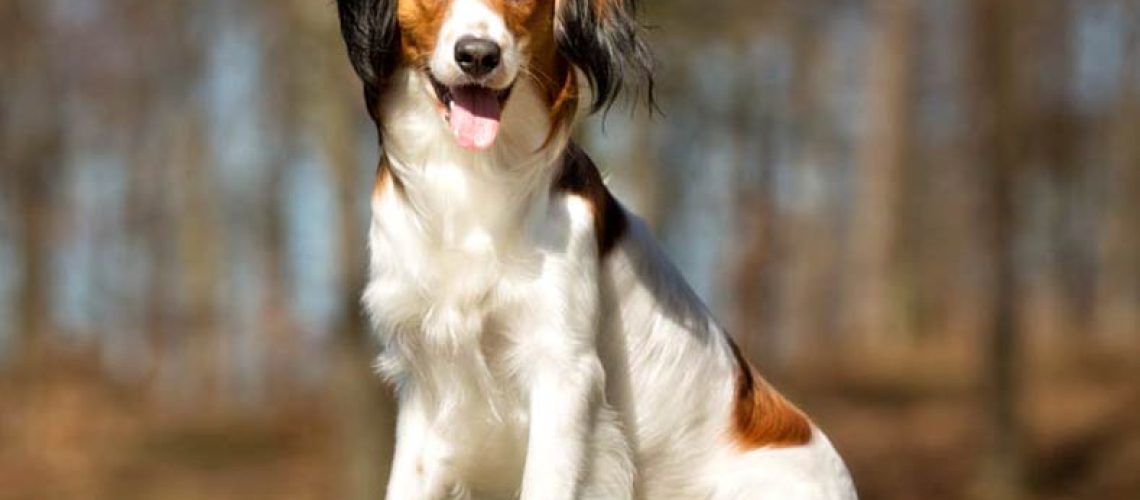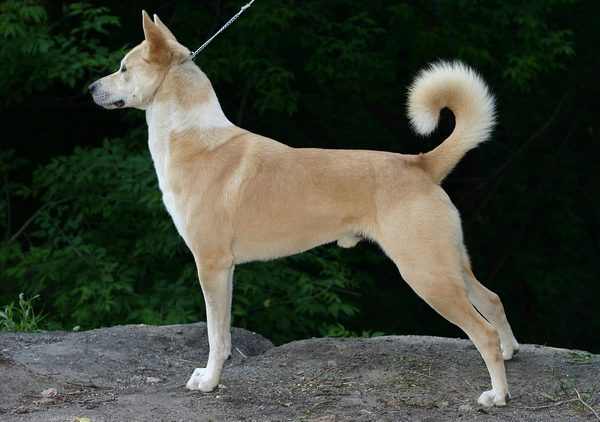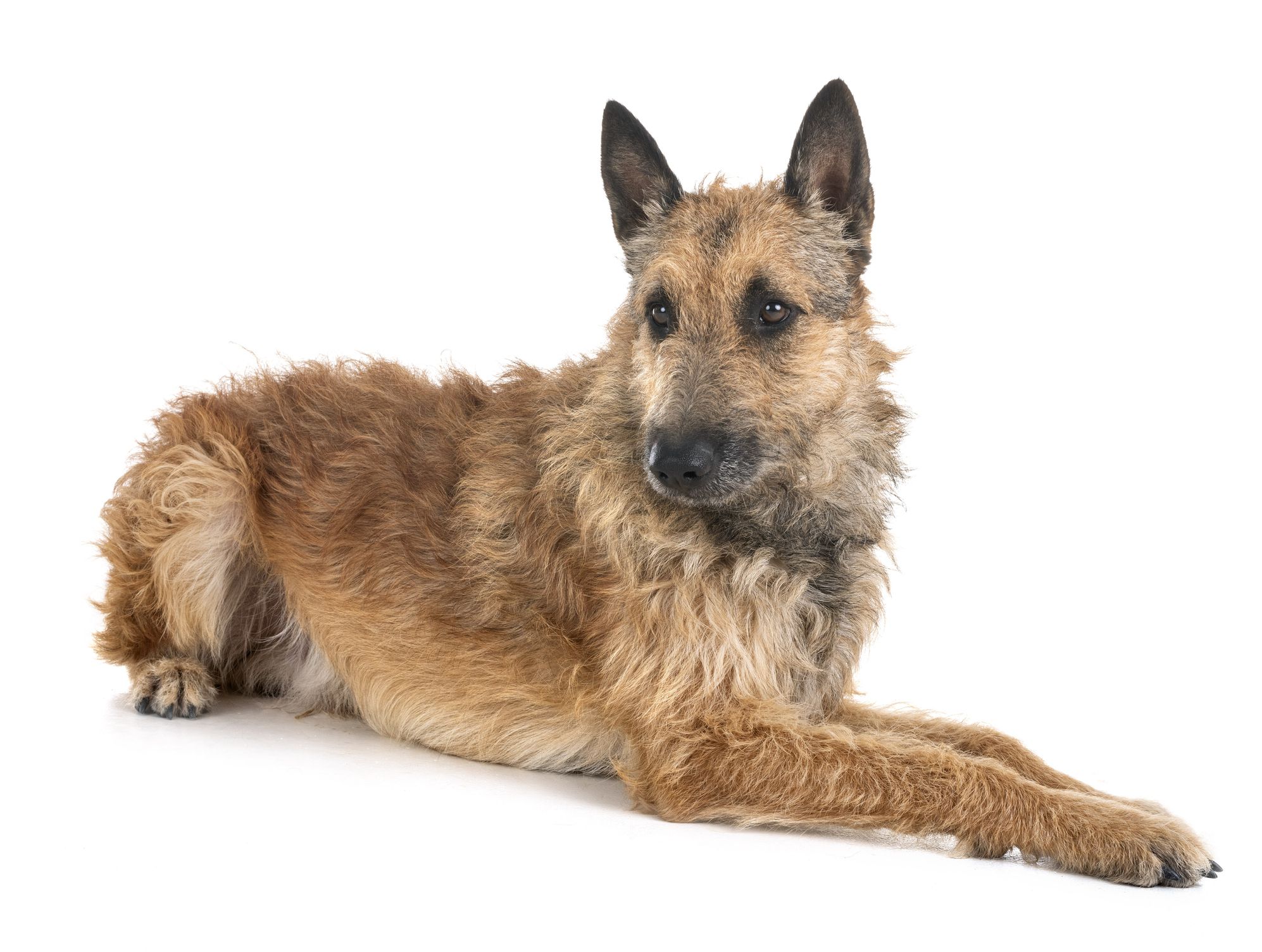Key Takeaways:
- The Nederlandse Kooikerhondje is a small to medium-sized dog breed originating from the Netherlands.
- They are known for their distinctive orange-red coat with white markings, and their long, feathered tail.
- Kooikers are intelligent, friendly, and loyal dogs that make great family pets.
- They have a moderate energy level and require regular exercise to prevent boredom and destructive behavior.
- Kooikers have a high prey drive and should be supervised around small animals. They also benefit from early socialization and training.
Are you a dog lover searching for the perfect furry companion? Look no further than the Nederlandse Kooikerhondje, also known as the Kooiker! This delightful breed possesses a multitude of unique characteristics that make it a truly special addition to any family. By exploring the world of the Kooiker, you will uncover a wealth of benefits that come with understanding this remarkable breed. Not only will you gain insight into their care and needs, but you will also discover why they have become an essential part of many households. So, let's embark on this journey together and unravel the captivating world of the Nederlandse Kooikerhondje!
What is a Nederlandse Kooikerhondje (Kooiker)?
The adorable and versatile Kooiker
The Nederlandse Kooikerhondje, also known as the Kooiker for short, is a small to medium-sized dog breed that originated in the Netherlands. These dogs are known for their striking appearance, with a beautiful red and white coat and expressive eyes. They have a friendly and alert expression that will melt your heart!
Kooikers are incredibly versatile dogs. They were originally bred as working dogs to help lure ducks into traps for hunters. However, they have also excelled in other roles such as search and rescue, therapy work, and even agility competitions. Their intelligence and eagerness to please make them quick learners.
The origin and name of the Nederlandse Kooikerhondje (Kooiker)
A breed with a long history
The Nederlandse Kooikerhondje has a rich history that dates back centuries. The breed was developed in the Netherlands during the 16th century as a duck decoy dog. Its name comes from the Dutch word "kooi," which means "cage" or "trap," referring to its original purpose of luring ducks into traps.
These dogs were highly valued for their ability to work alongside hunters in wetlands, using their wagging tail to attract ducks towards nets or cages. Over time, they became popular companions of nobility and were depicted in several paintings by famous Dutch artists like Jan Steen.
Caring for a Nederlandse Kooikerhondje (Kooiker)
Meeting the needs of your furry friend
Caring for a Nederlandse Kooikerhondje involves providing them with proper nutrition, regular exercise, and lots of mental stimulation. These dogs have moderate energy levels and need daily walks or playtime to keep them happy and healthy.
Additionally, Kooikers are social dogs and thrive on human companionship. They enjoy being part of the family and shouldn't be left alone for long periods. Regular grooming is also necessary to maintain their beautiful coat, including brushing to prevent matting and occasional bathing.
The importance of socialization and training for a Nederlandse Kooikerhondje (Kooiker)
A well-rounded companion through socialization
Socialization is crucial for a Nederlandse Kooikerhondje from an early age. Exposing them to different people, animals, sounds, and environments helps them become well-rounded companions. It reduces the likelihood of fear or aggression towards unfamiliar situations later in life.
Training is equally important for a Kooiker. They are intelligent dogs that enjoy learning new things. Positive reinforcement methods work best with this breed as they respond well to praise, treats, and play rewards. Basic obedience training should include commands like sit, stay, come when called, and walking nicely on a leash.
Health issues in the Nederlandse Kooikerhondje (Kooiker) and how to manage them
Paying attention to potential health concerns
Like all dog breeds, the Nederlandse Kooikerhondje can be prone to certain health issues. While they are generally a healthy breed, it's important for owners to be aware of potential conditions such as hip dysplasia, patellar luxation (knee dislocation), and von Willebrand's disease (a bleeding disorder).
To manage these health concerns, regular veterinary check-ups are essential. Maintaining a healthy weight through proper diet and exercise can help prevent joint issues. Responsible breeders also perform health screenings on their breeding dogs to reduce the risk of passing on hereditary conditions.
Exercise and mental stimulation for a Nederlandse Kooikerhondje (Kooiker)
Keeping your Kooiker happy and engaged
The Nederlandse Kooikerhondje is an active breed that requires daily exercise to keep them physically and mentally stimulated. They enjoy activities like walking, hiking, playing fetch, or participating in dog sports such as agility or obedience trials.
Mental stimulation is equally important for this intelligent breed. Puzzle toys, interactive games, and training sessions can help keep their minds sharp and prevent boredom. Providing them with a variety of toys and activities will ensure they stay happy and content.
The temperament and personality traits of a Nederlandse Kooikerhondje (Kooiker)
A friendly and intelligent companion
The Nederlandse Kooikerhondje is known for its friendly nature and intelligence. They are affectionate dogs that thrive on human companionship, making them great family pets. Their playful and gentle demeanor makes them well-suited for households with children.
Kooikers are also highly adaptable dogs that can adjust well to different living situations as long as they receive proper care and attention. They have a natural curiosity and love exploring their surroundings. With their alertness and loyalty, they make excellent watchdogs who will always be attentive to their family's safety.
In conclusion, the Nederlandse Kooikerhondje, or Kooiker, is a friendly and intelligent dog breed that requires regular exercise and mental stimulation. With proper care and training, they can make wonderful companions for families and individuals alike.
What is the personality of a Kooiker?
The Kooiker is a friendly and alert breed that makes a great companion for families. They have watch dog skills and are also athletic, excelling in games like agility and flyball. They love playing fetch, especially in the water, as they are retrievers.
What type of dog is a Kooikerhondje?
The Kooikerhondje is a small dog breed with Dutch roots that was originally bred as a working dog, specifically used in duck decoys to attract ducks. It belongs to the spaniel family.
What are some interesting facts about a Kooikerhondje?
The Kooikerhondje is a breed of dog known for its unique ears, often with black tips referred to as earrings. This breed has been around since at least the 16th century and there are stories of a Kooikerhondje saving the life of William of Orange by warning him of an impending attack by the Spanish.
What is the problem with a Kooikerhondje?
Some of the common health issues in certain individuals may include patellar luxation, where the kneecap moves out of its normal position, hip dysplasia, hereditary eye diseases like retinal dysplasia or distichiasis, and epilepsy, which is a disorder characterized by seizures.
How much does a Nederlandse kooikerhondje cost?
The price range for a Kooiker puppy is typically between $1,000 and $5,000.
What is the personality of a Slovensky Cuvac?
The Slovensky Cuvac is incredibly loyal and brave, and is always prepared to protect against any intruders, including bears and wolves. As per an ancient tradition, they are only bred in white in order to differentiate them from wild animals at night.

















